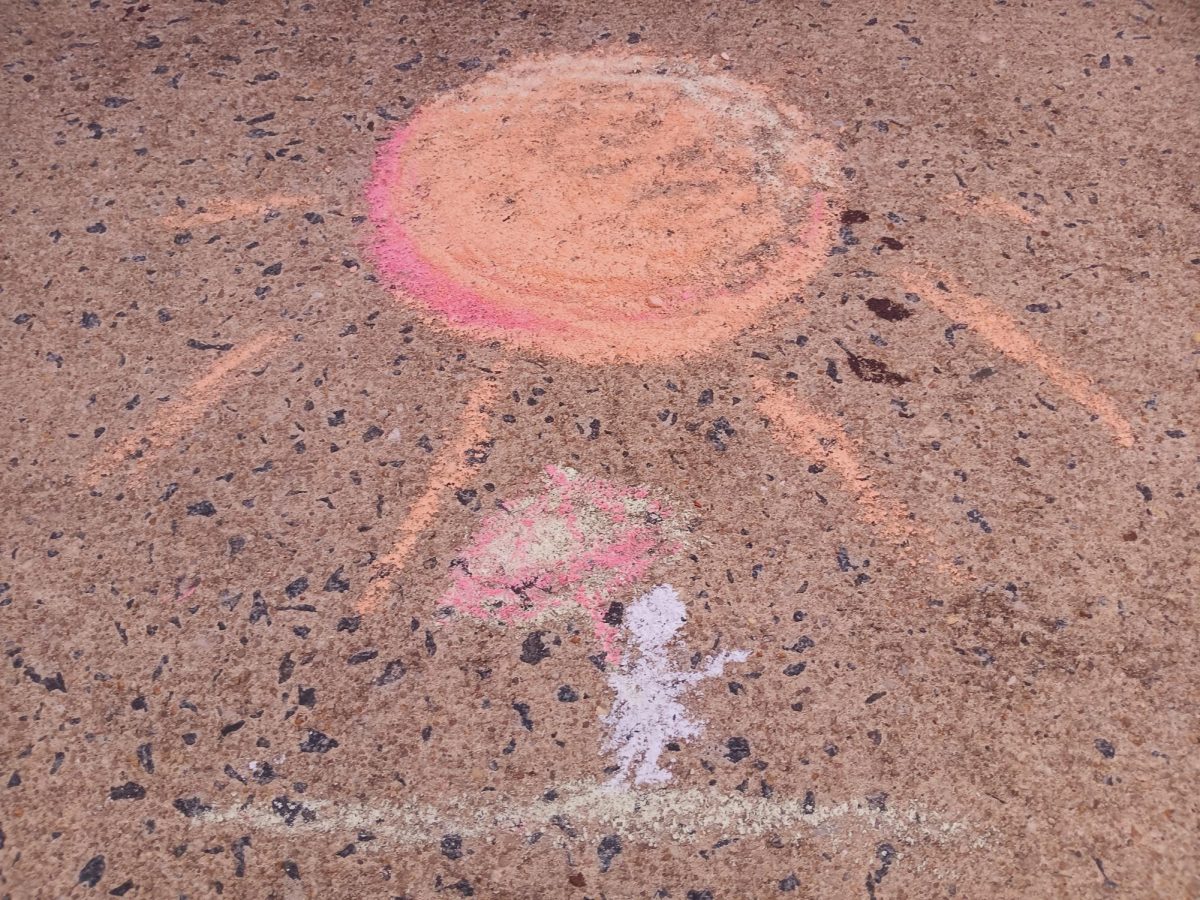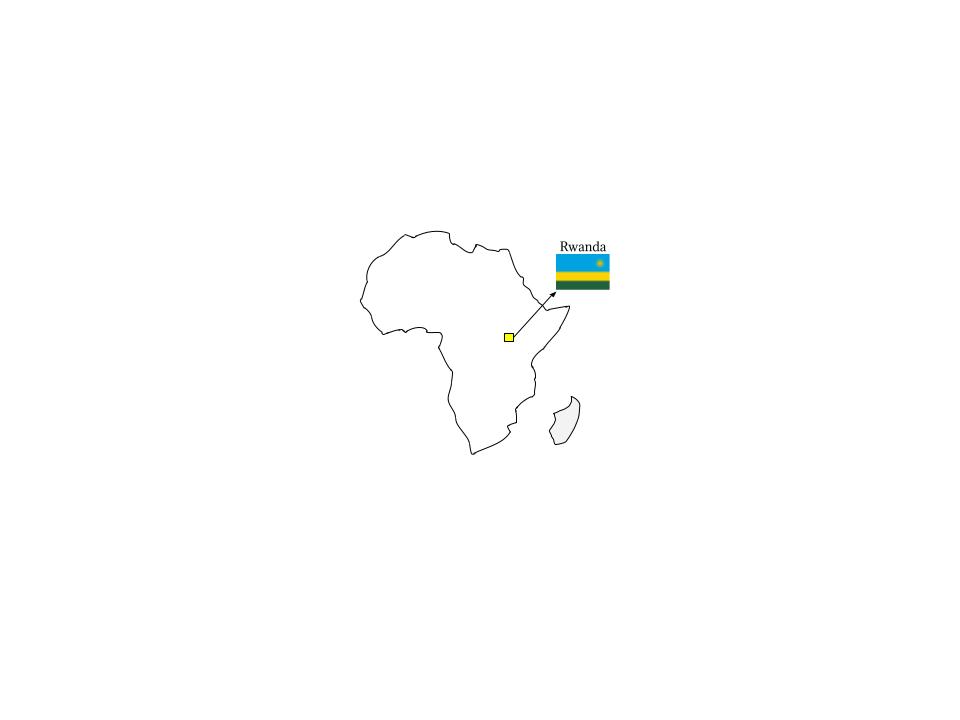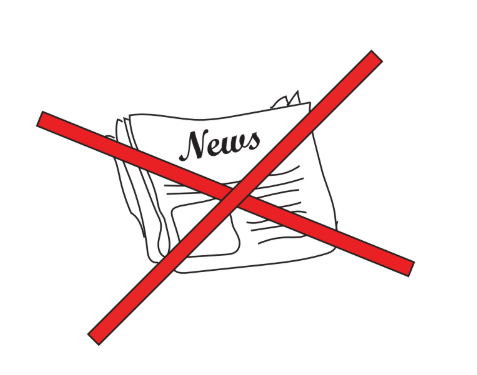The ground’s no longer cracked and dry, but New Jersey’s drought isn’t quite over yet.
According to njweather.org, September 2024 was “the 3rd driest September” in at least 130 years. October 2024 “surpassed 1963 as the driest October,” and the overall driest month recorded since 1865.
“Some areas had roughly forty days without measurable precipitation,” said state climatologist Dr. David Robinson. “We’re a long way from a four-year drought we had at the turn of the century, but in terms of the short-term intensity, this one was remarkable.”
Starting Oct 17, the state of New Jersey was under a drought watch in response to these conditions. The watch ended Nov 13, but instead of returning to normal, the water supply status was elevated to a drought warning, which, as of Jan 2, has yet to be lifted.
A drought warning is the third of four stages of water supply drought, with the others being normal conditions, a drought watch, and a drought emergency. According to New Jersey’s Department of Environmental Protection (NJDEP), a drought warning is declared to “preserve and balance available water supplies in an effort to avert more serious water shortages.”
Robinson said, “It helps them redirect water supplies amongst water purveyors, but it doesn’t affect the general population directly. A drought emergency would affect the general population directly with watering bans or restrictions that could ramp up if things got worse and worse.”
Under a drought warning, civilians are advised to conserve water. Guidelines by the NJDEP include: letting the lawn go dormant for the season and manually watering plants; using a commercial car wash instead of washing cars at home; and upgrading faucets and toilets to newer, more efficient models.
These guidelines, though encouraged, will remain voluntary unless a drought emergency is declared.
Stage three fire restrictions were in place last fall until Nov 21, after much-awaited rain relieved the parched area. As the highest restrictions possible, these prohibited all fires save for those on elevated stoves. Charcoal fires were explicitly prohibited.
According to northjersey.com, the rain greatly decreased fire risk, but it wasn’t enough to lift New Jersey out of the drought. That will take much longer, since recovery is a process that spans several months.
“We have a deficit of ten or twelve inches,” said Robinson. “We don’t need to make all of that up. But what we do need is to start with average monthly rainfall.”
A return to the average “four to five inches of rain a couple of months between now and May would allow us to moisten up the soils, get the groundwater up some, get the rivers flowing, get the reservoirs filling,” he said.
Just like how sleep debt can’t be fixed by sleeping in on the weekends, drought isn’t fixed by a sudden influx of precipitation. Rather, it’s the gradual return to a healthy cycle that fixes things.
“Over the long term, things tend to balance out,” said Robinson.
A silver lining, according to Robinson, is the bright and sunny weather increased agritourism this fall. So even if crop yield in the spring ends up being lackluster as a result of drought, Robinson said the profit from hay bale rides and pick-your-own-fruit “makes a year for many a farm.”
Categories:
Are we still in a drought?
Julia Diez (’25), Managing Editor
April 10, 2025
It’s too hot for an umbrella.
0
More to Discover
About the Contributor

Julia Diez (’25), Managing Editor





